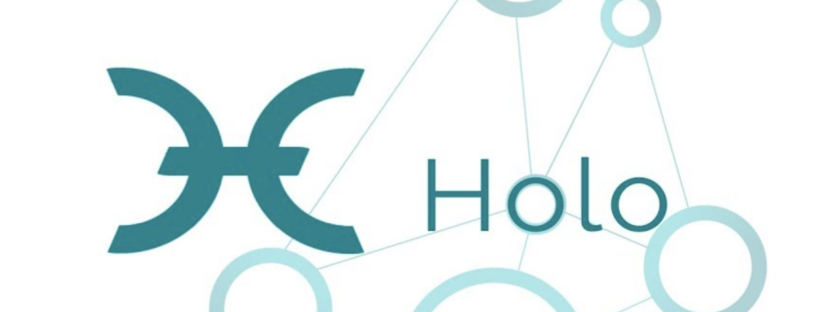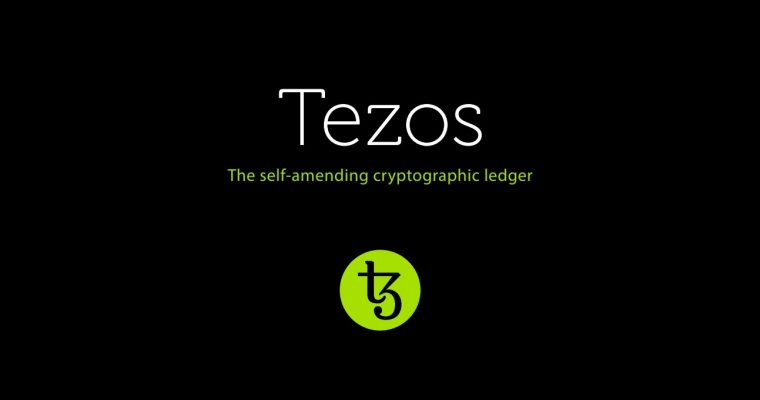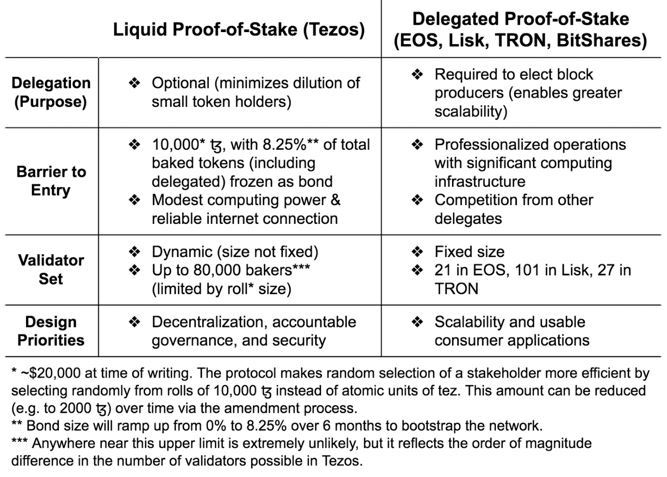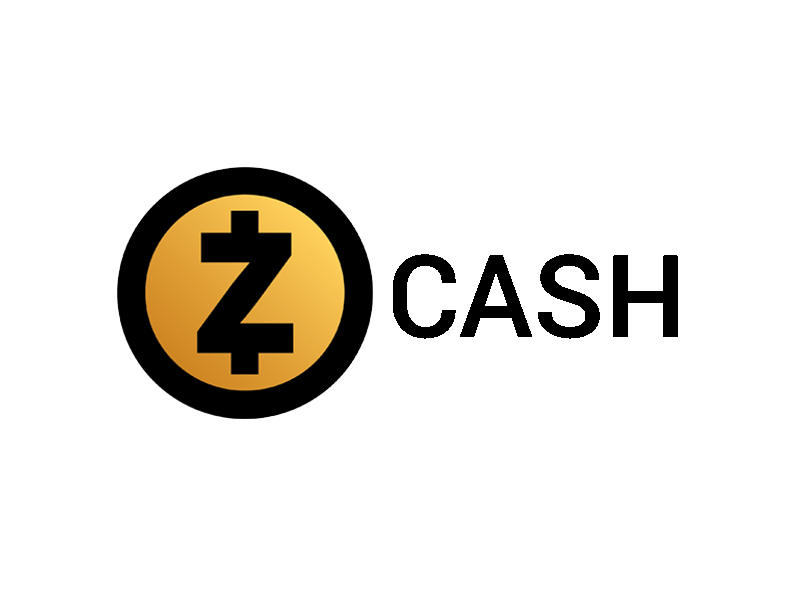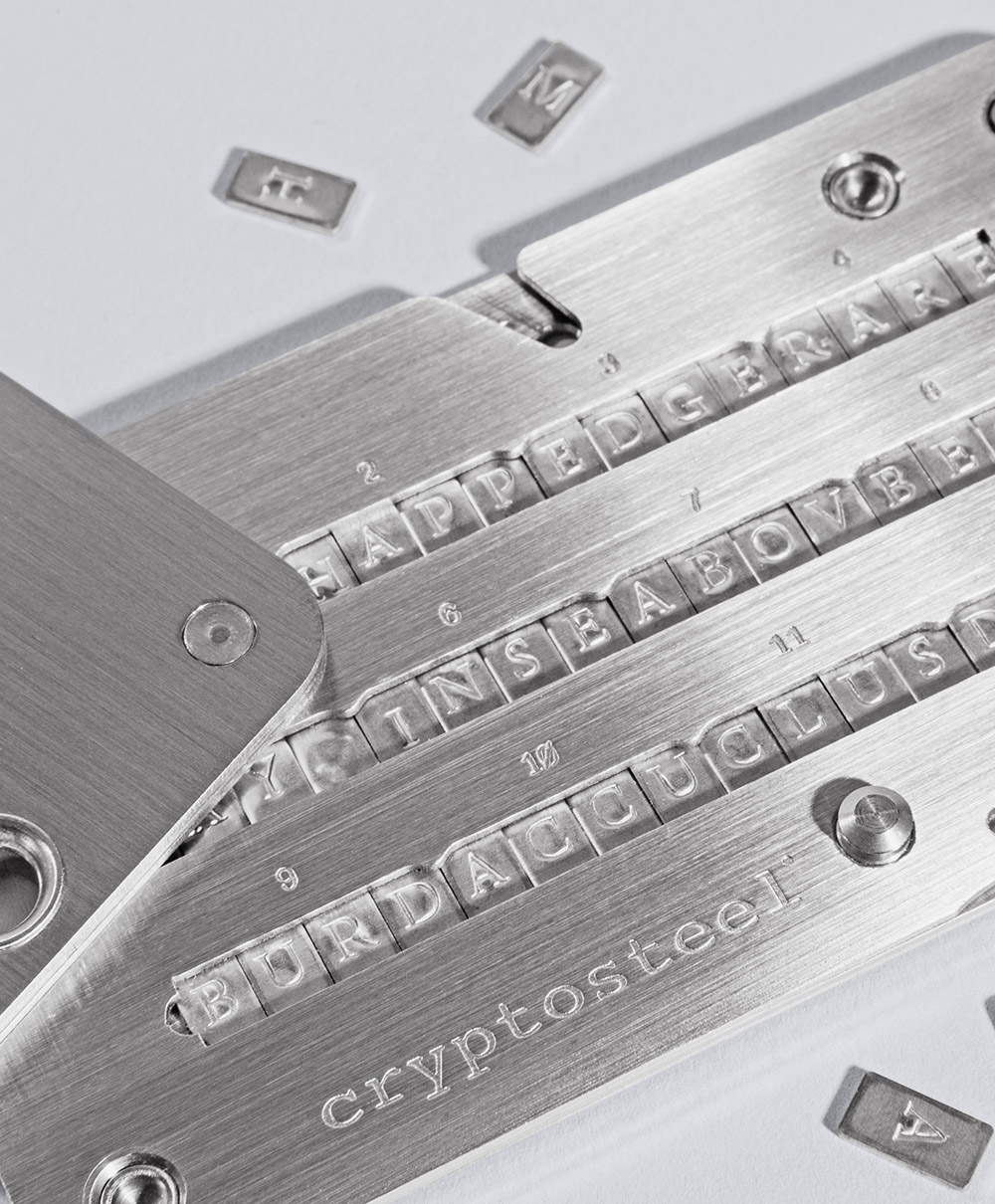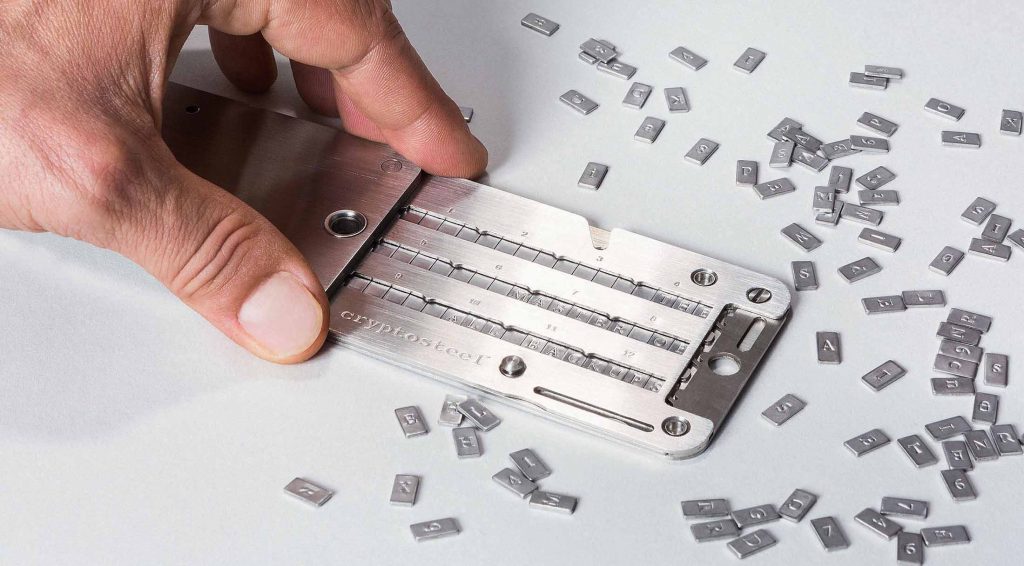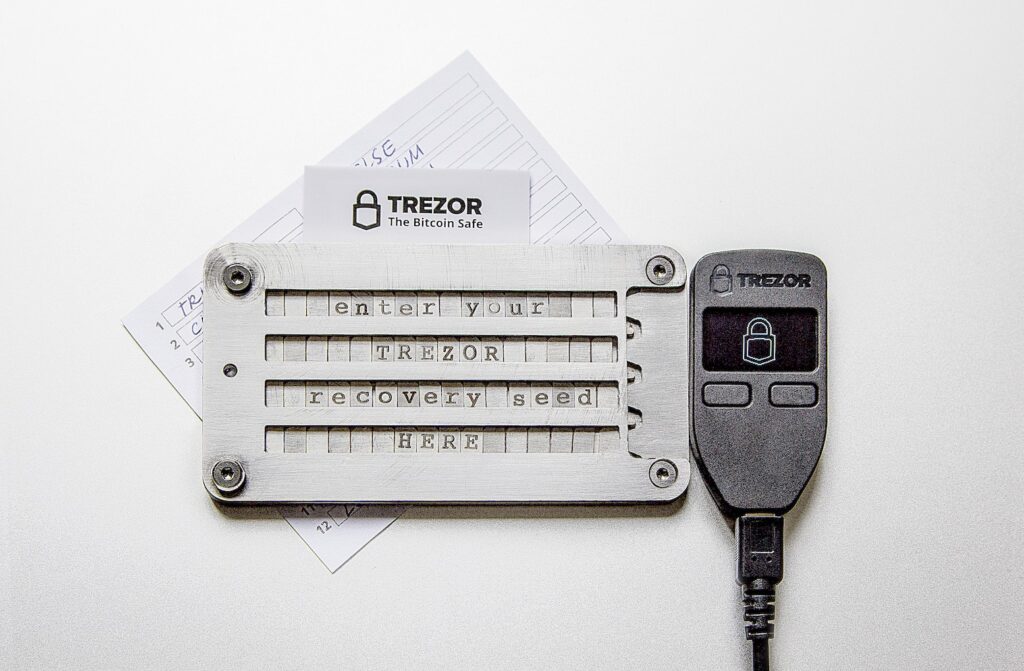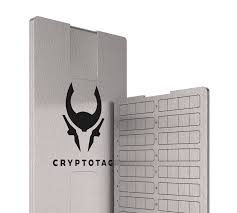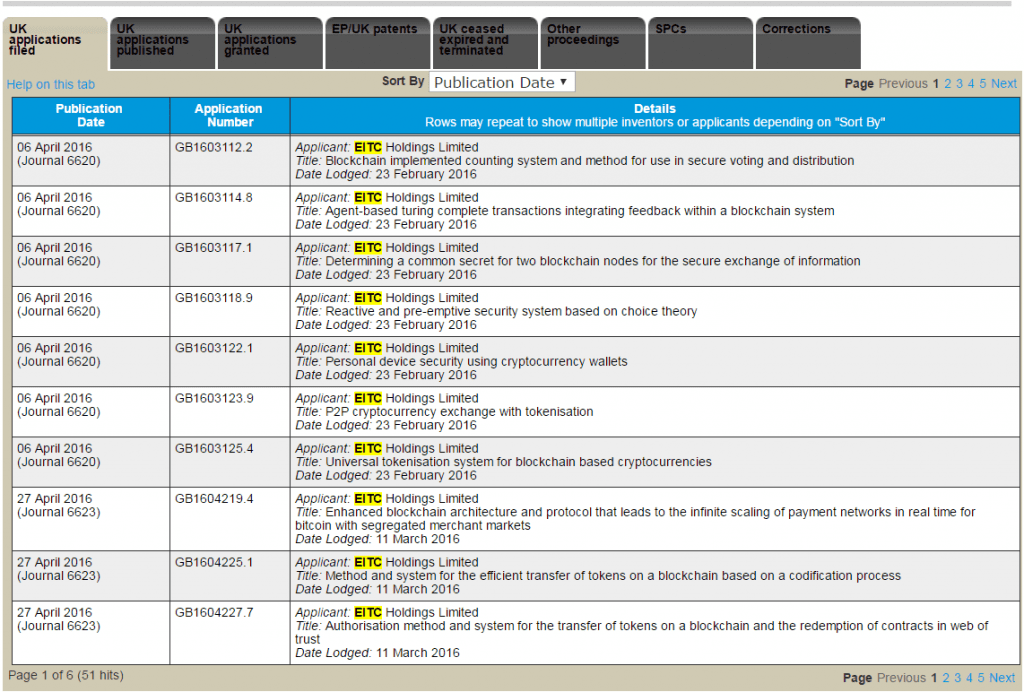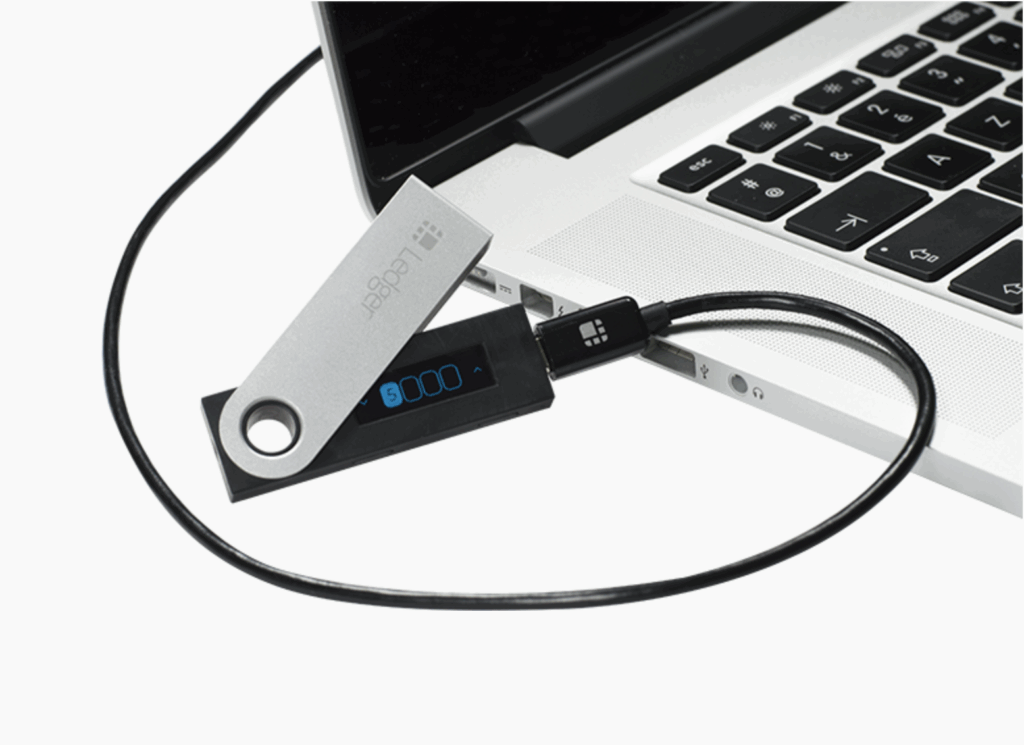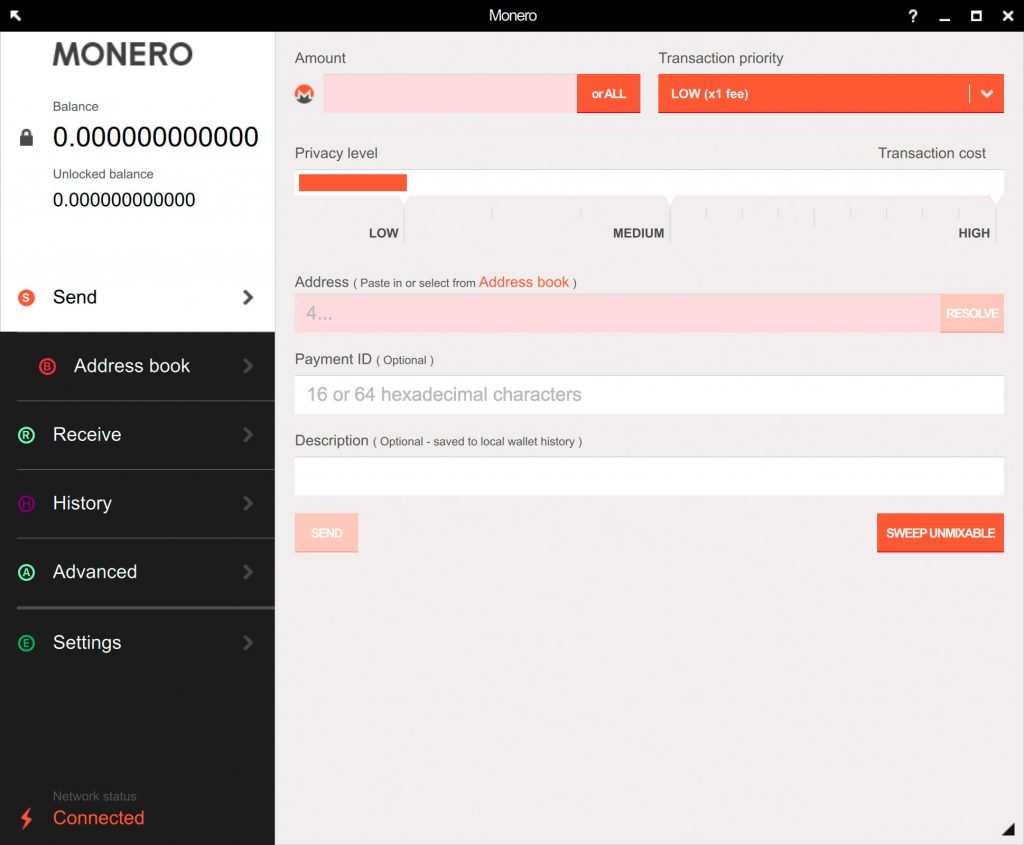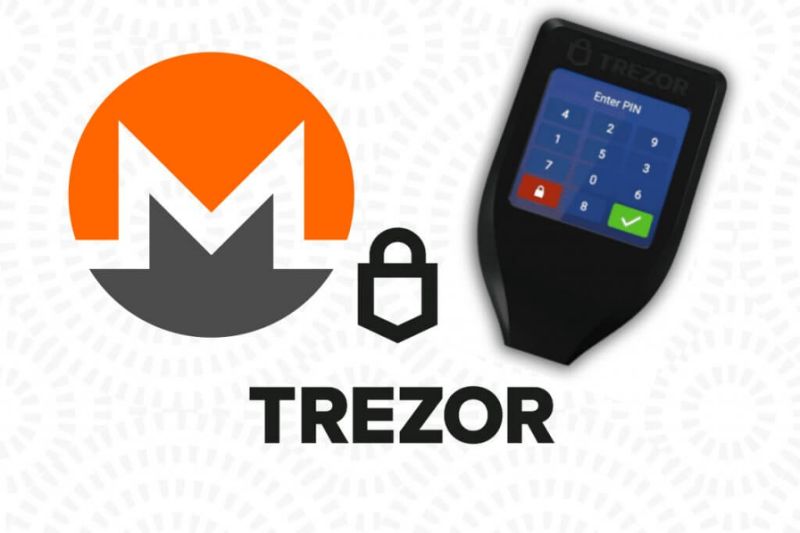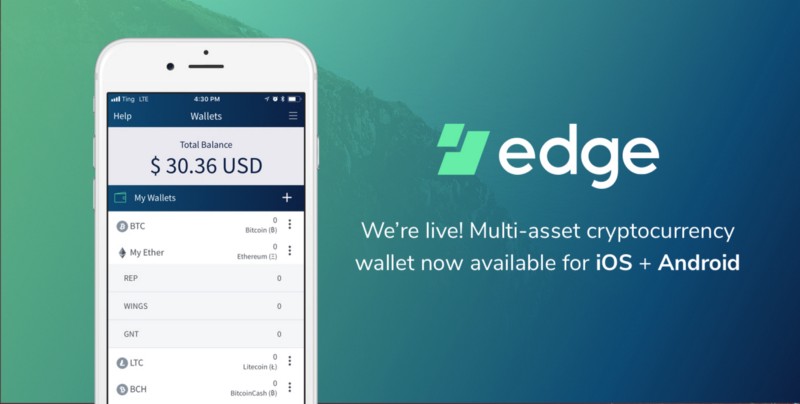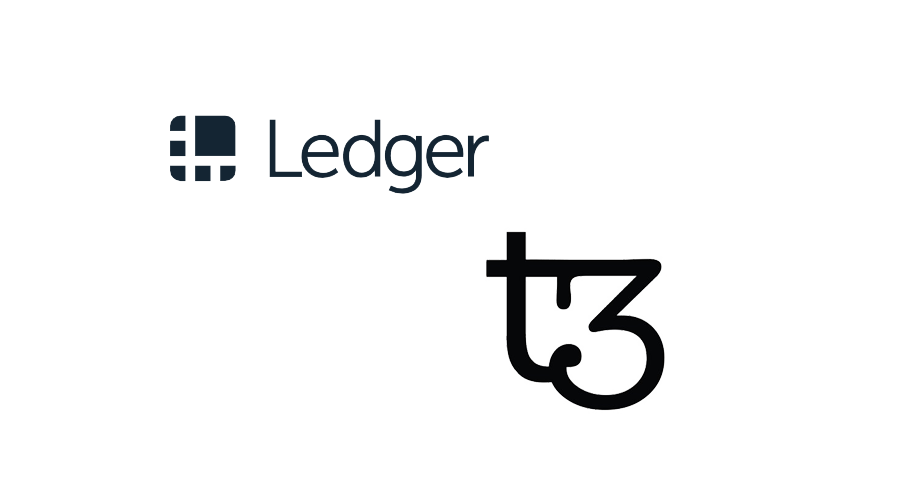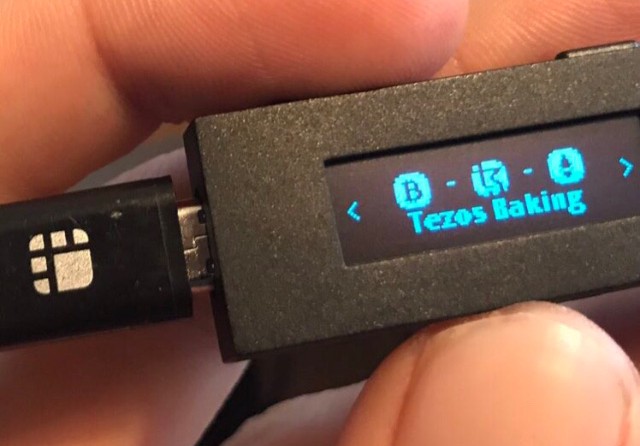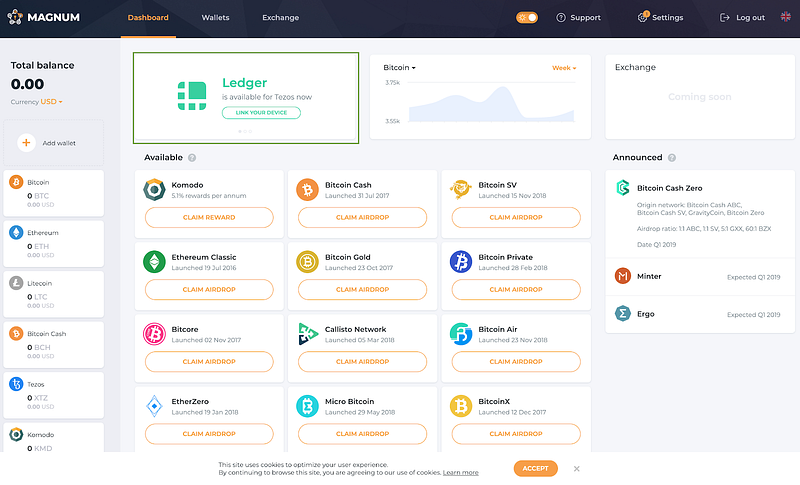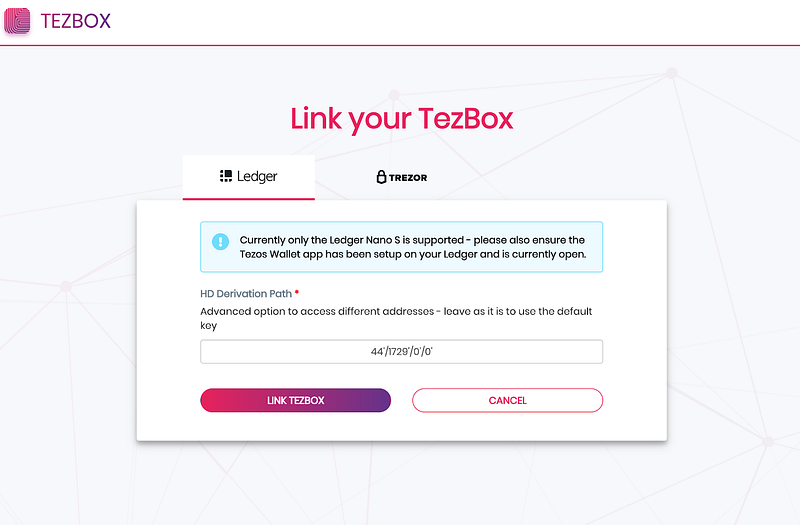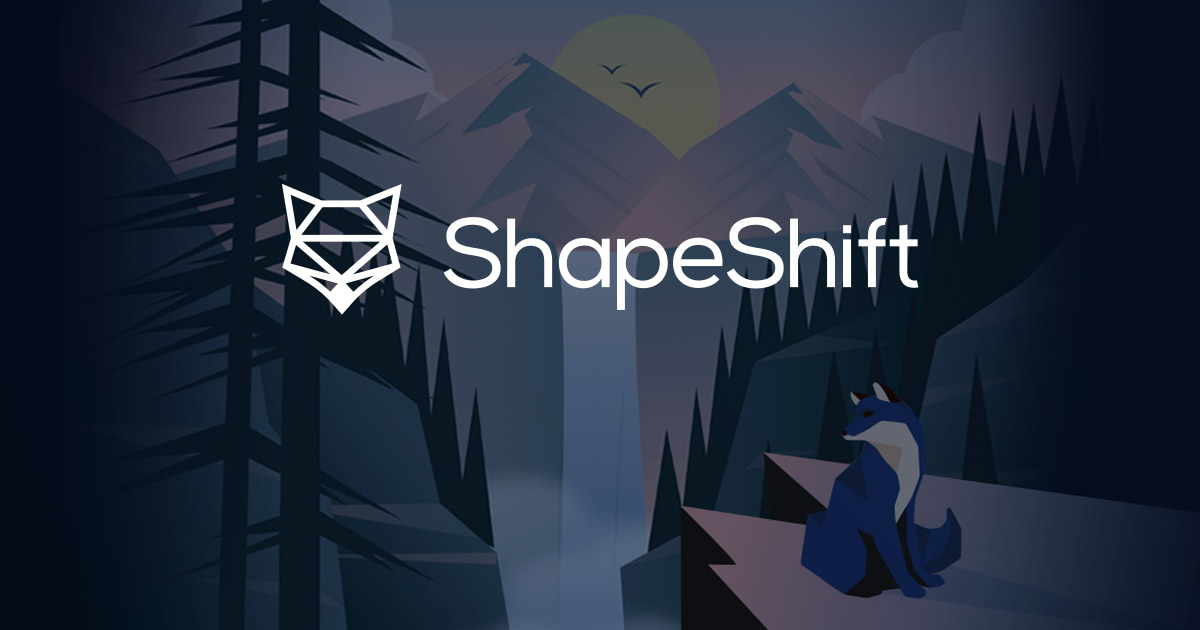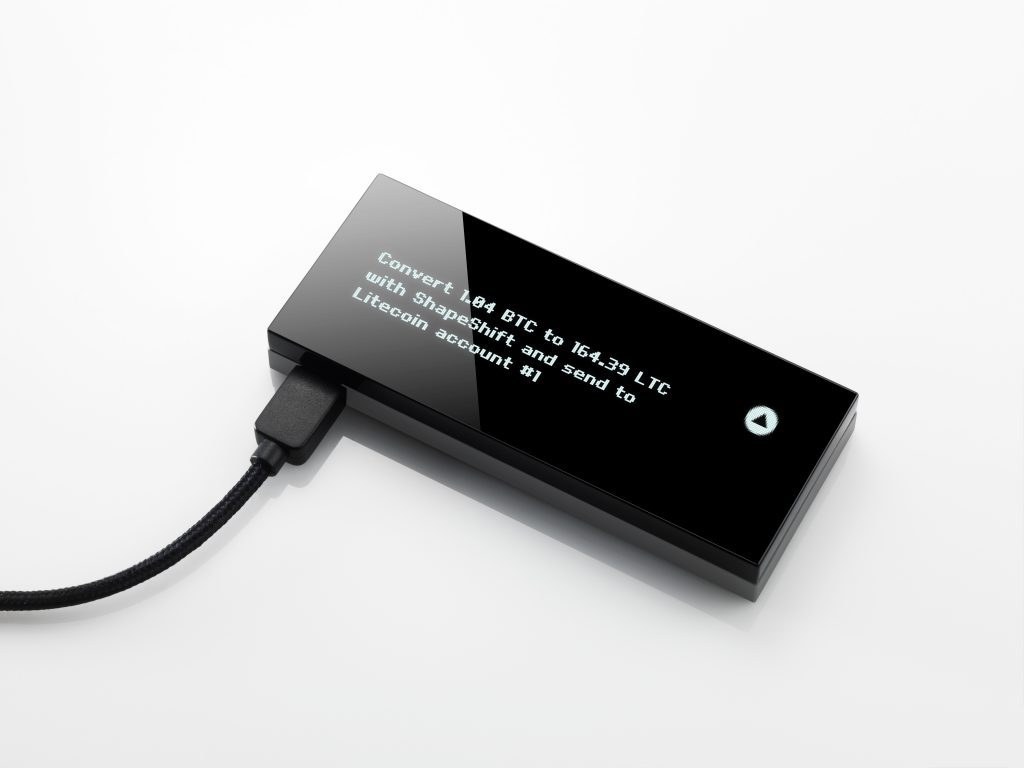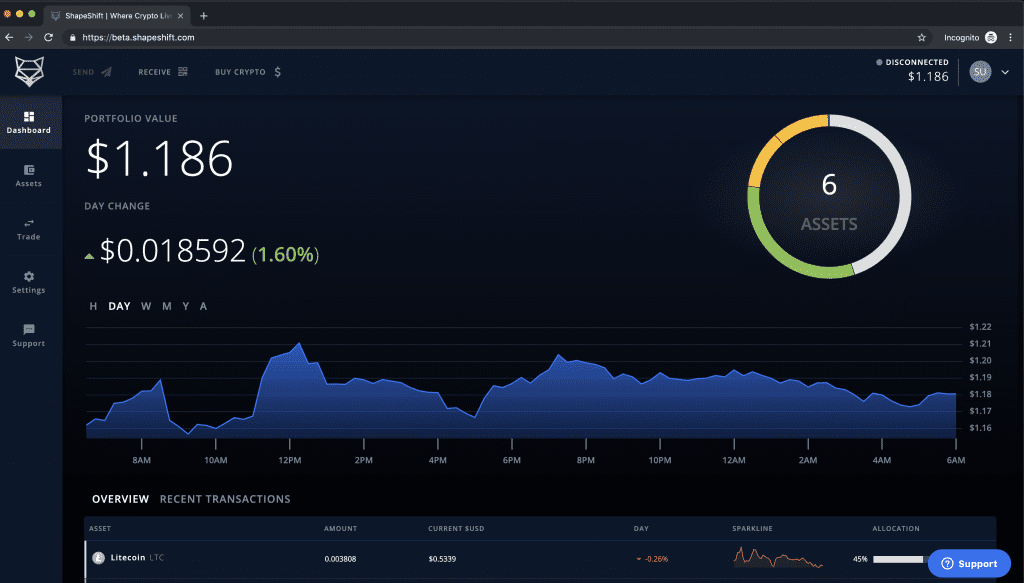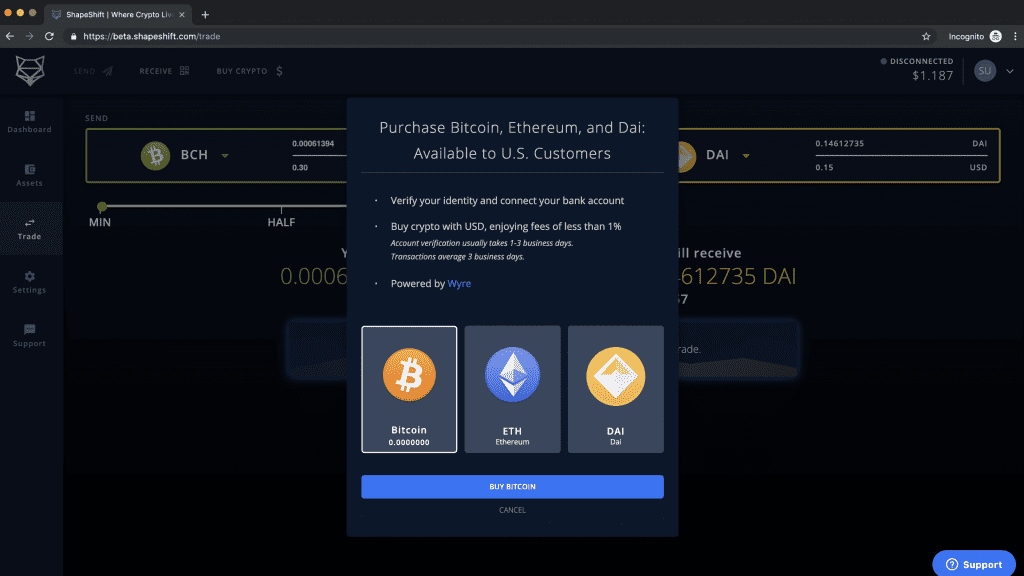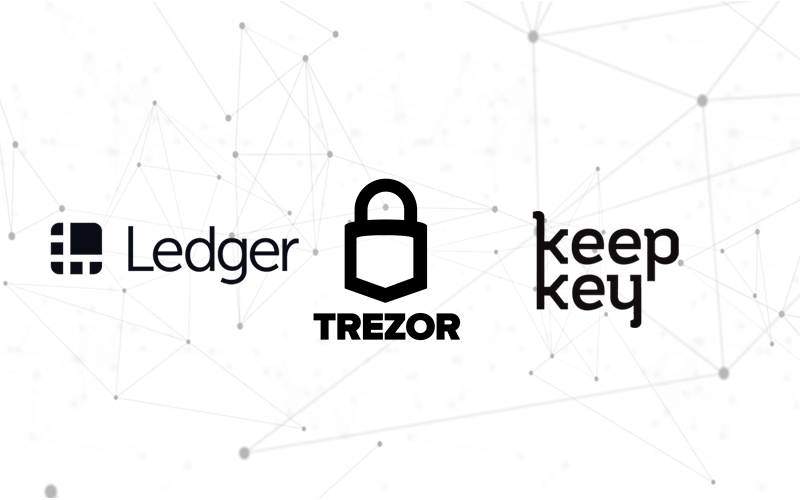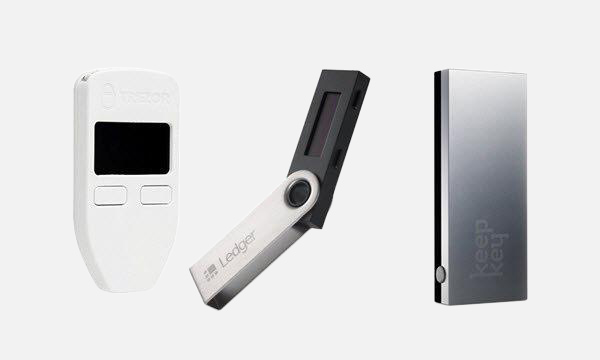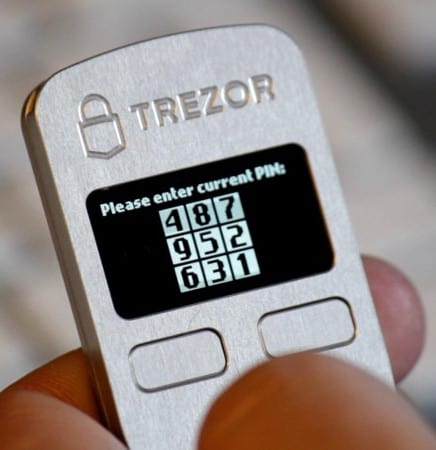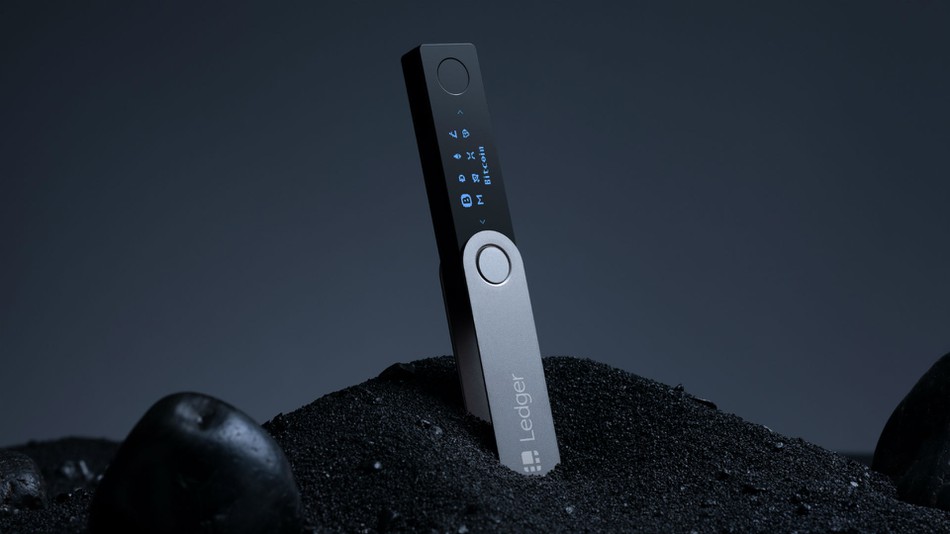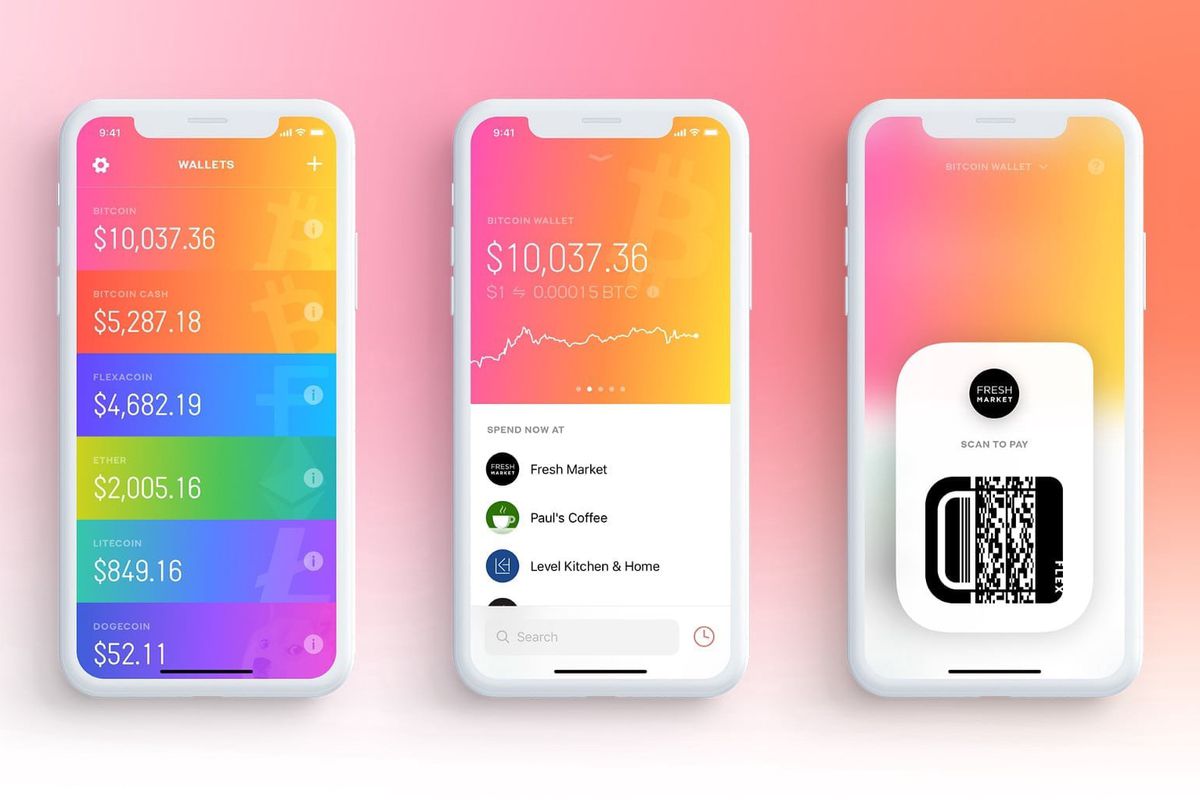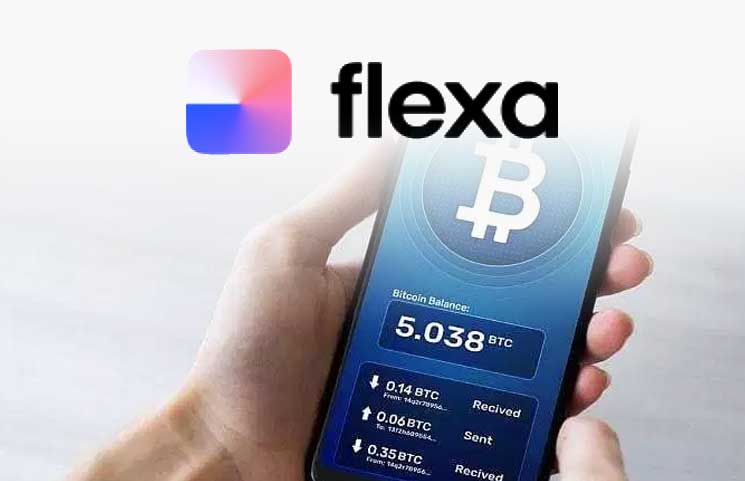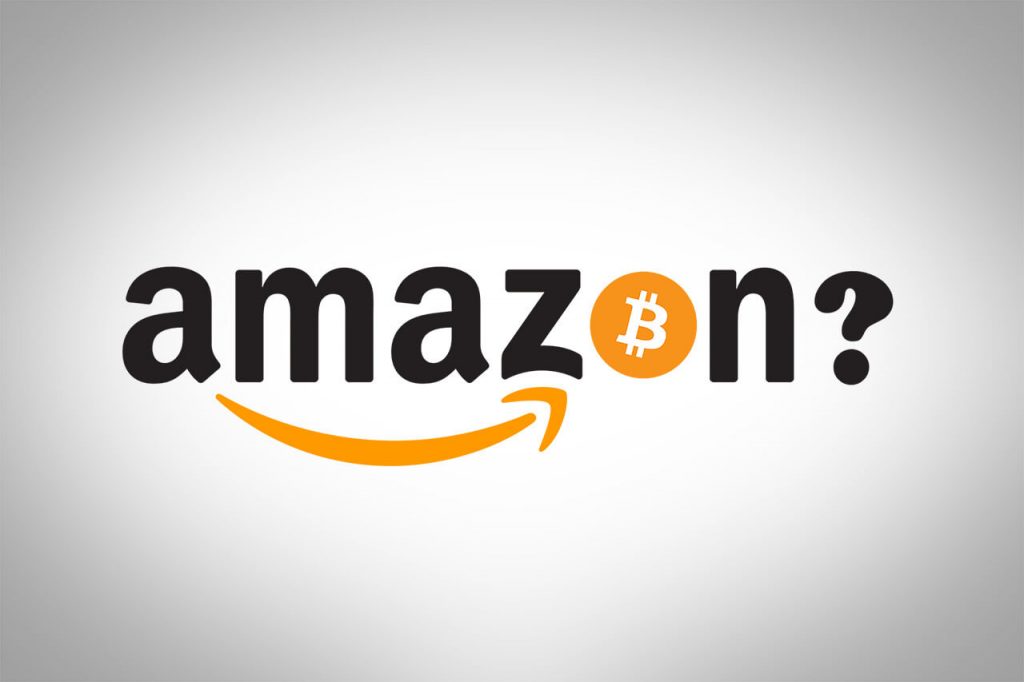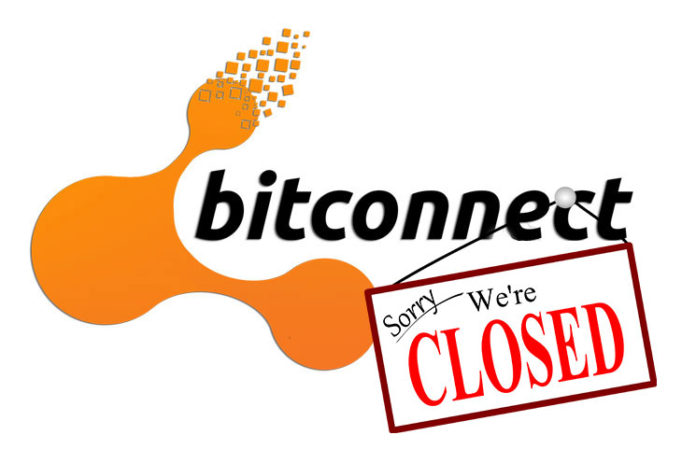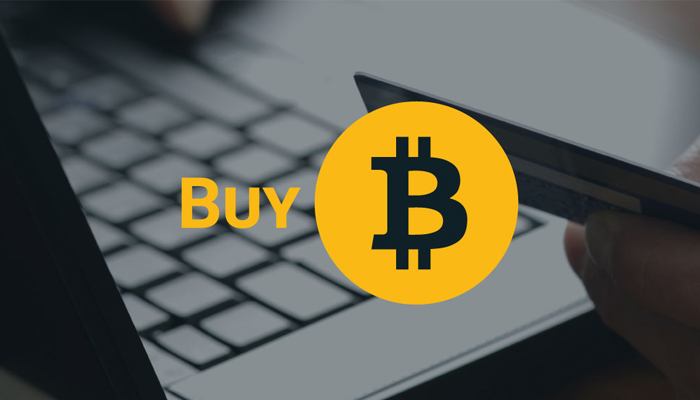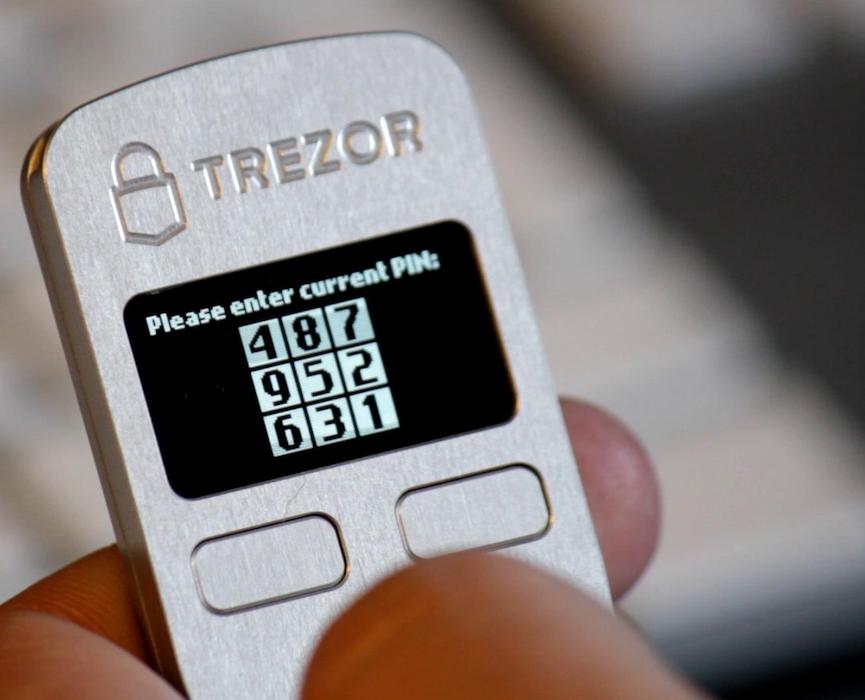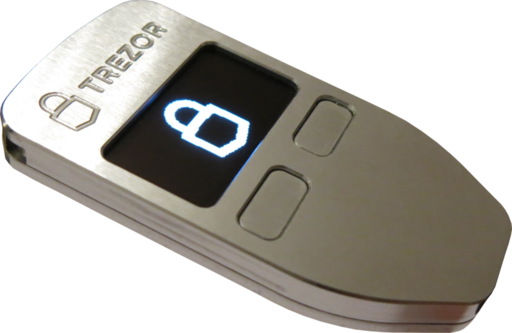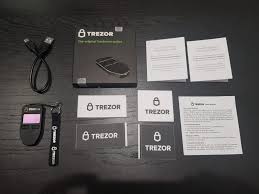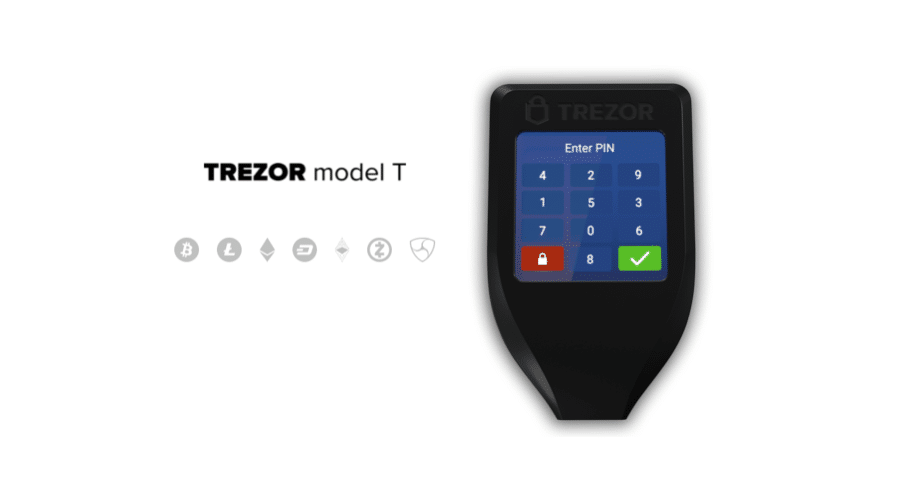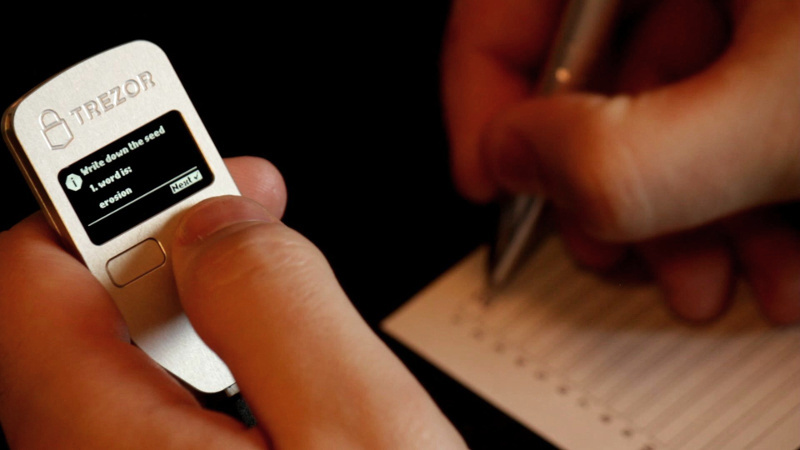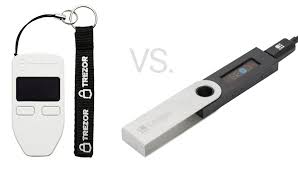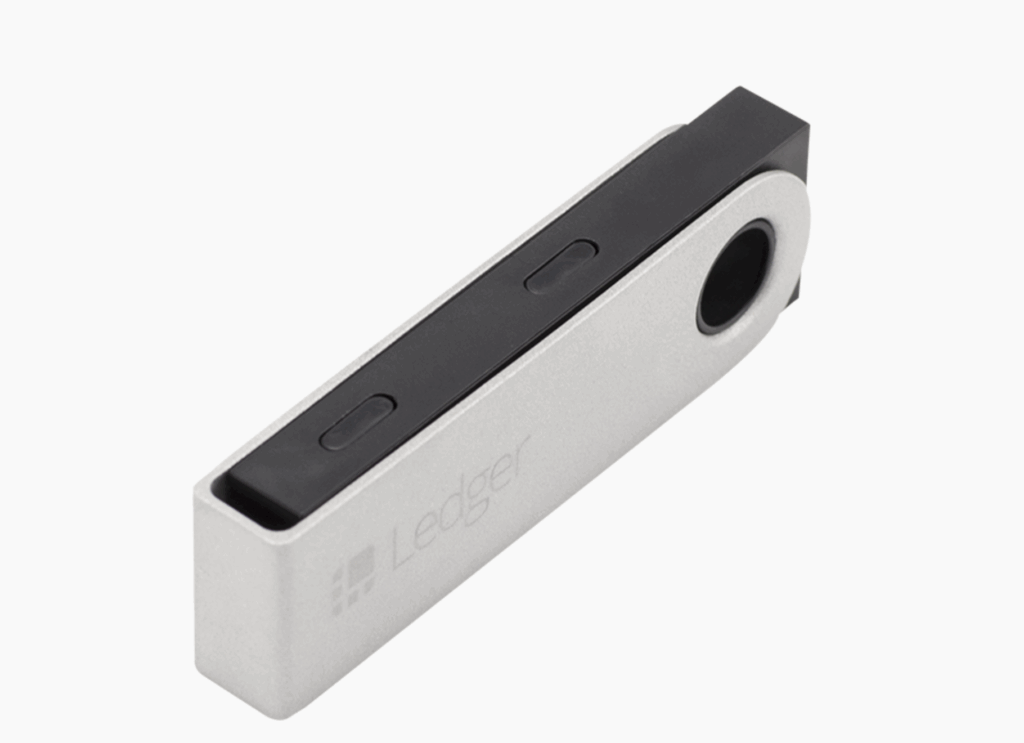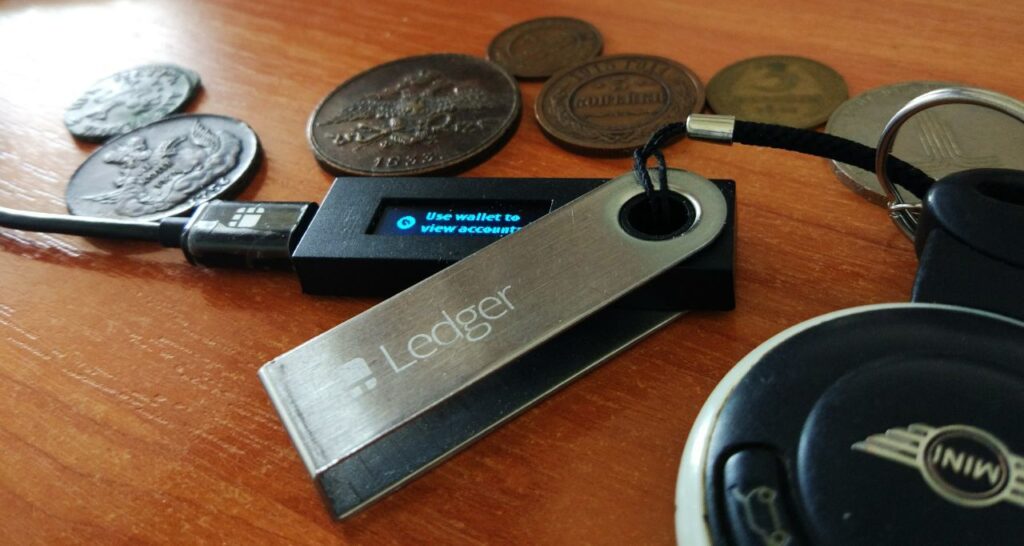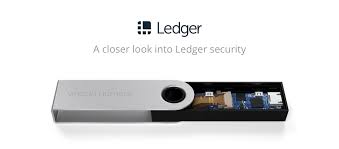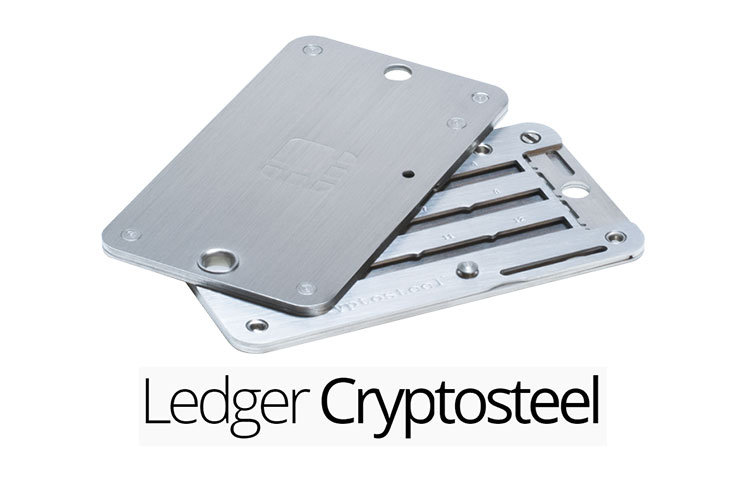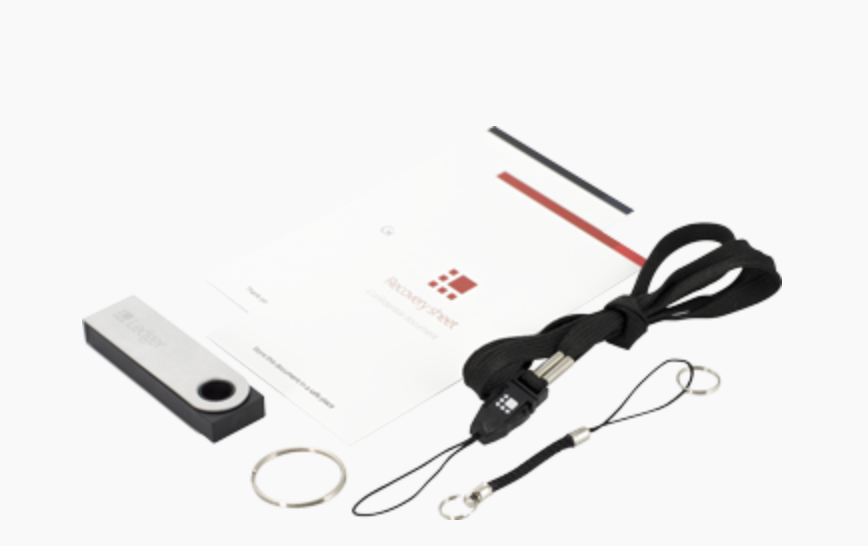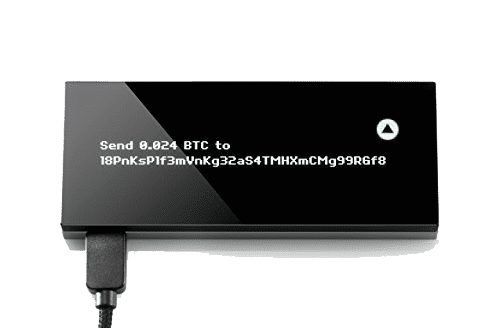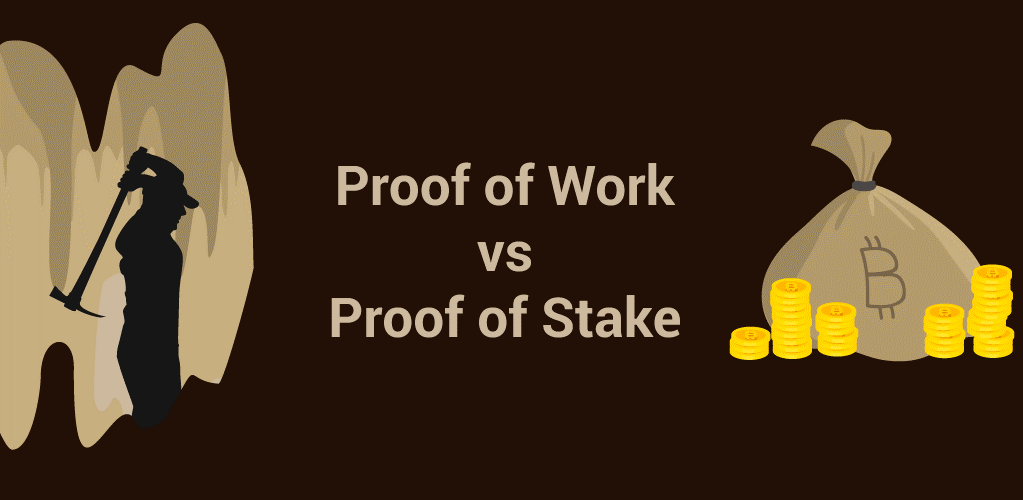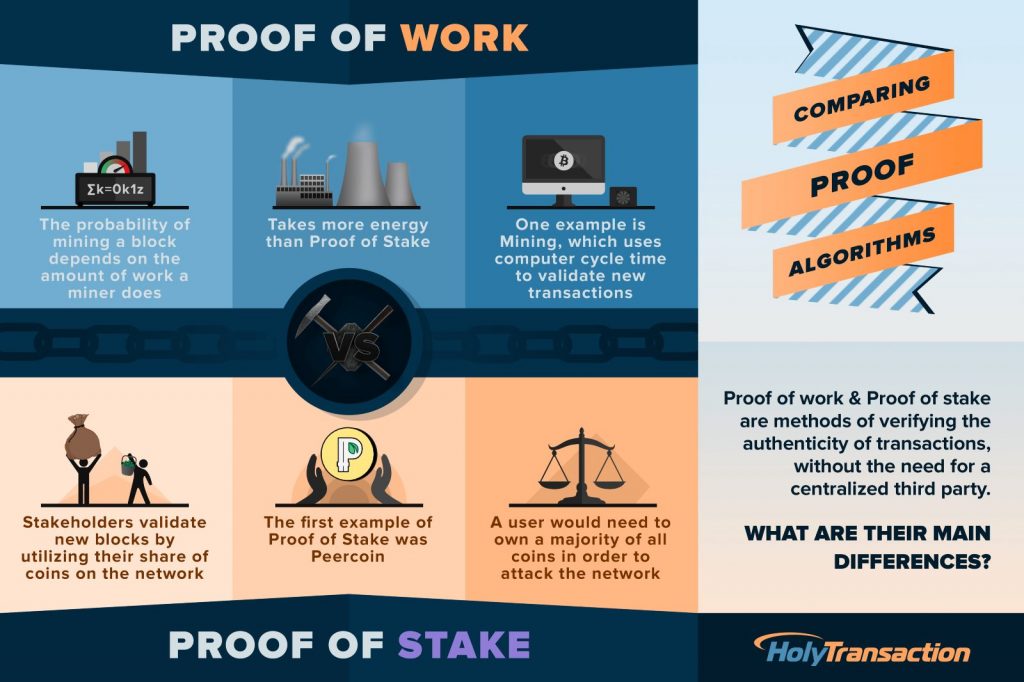How To Spend Bitcoin Online: 5 Best Places (2020)
In this post, I am going to cover how to spend bitcoin online and the five best places to do so in 2019. Not only am I going to show you how to spend bitcoin online, but more importantly, WHERE to spend bitcoin online. If you have never made a bitcoin transaction before, please review my earlier post that explains how to do this. As mass adoption starts snowballing, and we’ve already seen evidence of this by way of Whole Foods, and other major retailers coming on board to to accept cryptocurrency as payment, people are starting to look at where they can send their bitcoin and other cryptocurrencies.
I believe a fundamental component of making this global adoption happen quicker is letting people see how useful and easy it is to actually SPEND it as a currency. This is a life changing tool and is very easy to obtain for free, if you’re already shopping at these places and more using the Free Life Info App, and you can accumulate bitcoin AND get a discount at these retailers we will discuss below, but also thousands more. I will leave the in-depth review of this free bitcoin tool, HERE. Let’s get right into it!
DOWNLOAD THE FREE LIFE INFO APP HERE
#1 HOW TO SPEND BITCOIN ONLINE AT PURSE.IO (AMAZON ON TOP OF BITCOIN)
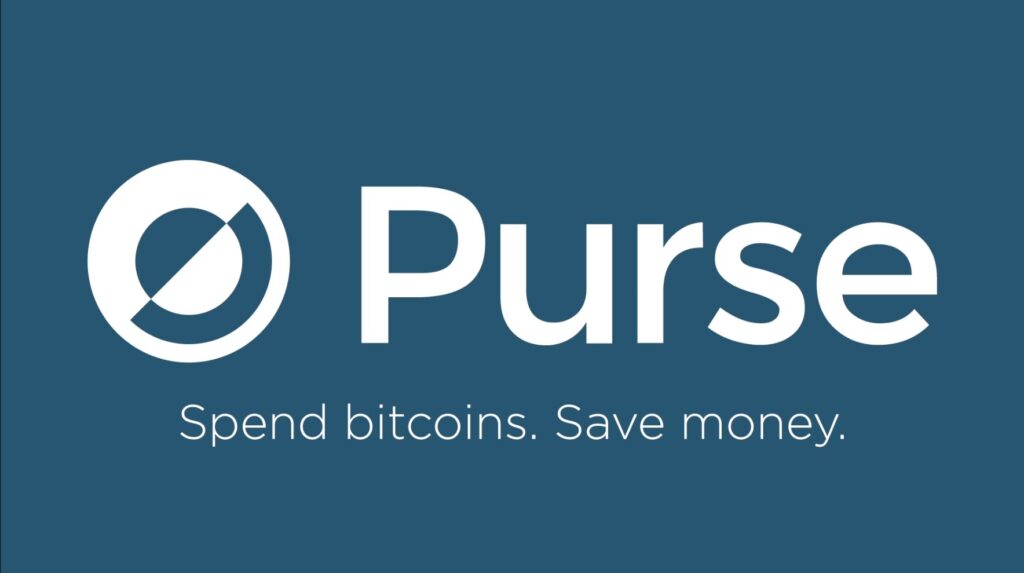

People always ask me, “Does Amazon accept bitcoin?” The short answer is yes and no. Amazon does not accept it directly, but there are a few chrome extensions where you can earn bitcoin and spend bitcoin in very small amounts by doing this via the Lightning Network, but that is still in it’s infancy. There is a much better way to get what you want on Amazon, AND you can also save up to 33% off the price.
How do you do this? It’s called Purse.io. This website I have used personally during the holiday season 2018 for several items, and it works great! How it works is when you visit the site, it looks very similar to amazon and it’s built on top of Amazon’s platform, but it has one key difference. You can pay in bitcoin!
This means that it IS Amazon, but it just looks different, as it’s a platform built on top of Amazon. The point of this is so that you can spend bitcoin or other cryptocurrencies for payment, and it pairs you up with an individual who has amazon store credit or gift cards, and wants to order these things on your behalf, and send them directly to you.
Of course, you have to verify and approve everything arrives and is acceptable to you first. At this point, you can release the bitcoin payment once you are satisfied with your order. It’s a really elegant solution that matches up people who want to convert their amazon credit to receive bitcoin in return and you get a discount for doing this. Pretty slick, and highly recommended.
CLICK HERE FOR FREE 5$ IN BITCOIN ON YOUR FIRST ORDER
#2 HOW TO SPEND BITCOIN ONLINE AT CHEAPAIR.COM


Cheapair.com is a discounted airline affiliate site that helps you find the cheapest flights from all the top airlines and is built on top of major search engines like Trivago and Expedia. The difference is, this finds the cheapest flights and let’s you pay in bitcoin directly to book your flight. This is really exciting and allows you to check out using a QR code you can scan with your phone, or you can just simply copy and paste your bitcoin address in the dropdown menu at checkout. You can also sign up for fare trackers and it will notify you when your flight lands in your price zone if you’re not ready to book now.
Overall, I’ve only booked 2 flights myself here, but it was a good experience. I have been living off bitcoin for over 2 years now and it’s required creative ways to find how to get to where you need to go without trying to pay any exchange fees, and this was brought to my attention. I highly recommend if you are the type of person that likes to shop for the cheapest price and bargain hunt when looking for trips and flights.
#3 HOW TO SPEND BITCOIN AT OVERSTOCK.COM


Overstock.com is a large online retailer, similar to Amazon, but specializes in mainly home goods like furniture, decor, and larger items for very cheap. I believe they also offer a 2% additional discount when checking out with bitcoin.
You probably have heard of this website and perhaps even ordered something from here, but you probably didn’t know they accepted bitcoin for payment. They do this directly and it’s very easy to scan the QR code at checkout with your smartphone or with your bitcoin wallet address directly copying and pasting as well.
They frequently have holiday sales and other coupons and promotions you can use on top of the discounts of using bitcoin as well. I actually bought a rug a few years back from them using bitcoin and it was very simple to use and I had no issues.
This was one of the first major retailers to start accepting crypto, as the company’s founder Patrick Byrne has been a long time supporter of bitcoin. I personally like to support companies that allow you to pay in bitcoin as opposed to the ones that don’t, but that’s just me. I like to support the cause and businesses that do as well.
#4 HOW TO SPEND BITCOIN AT EXPRESSVPN
This is KEY when dealing with bitcoin. When spending bitcoin online and also trading or investing bitcoin online, it is imperative that you are not tracked and using a VPN is key in doing this. I use Express VPN when dealing with any online bitcoin transaction, especially when doing trading on exchanges, like Binance or Coinbase. Luckily, you can also buy Express VPN with bitcoin as well and it’s crucial to protect your anonymity when doing this. VPN’s are also useful when doing typical web browsing and not wanting to be tracked with what and where you spend your time online.
Additionally, you will be able to use this to access other popular streamers and websites that put limits on your IP address, such as Amazon and Netflix, without having to pay them more. You may not know but some major websites track your information from your IP address and sell that information to advertisers.
Have you ever been talking about something privately, and then when you look at your Facebook feed or Instagram feed and you see an ad for what you were just talking about? Very creepy, but very real. The ExpressVPN not only allows you to use this on your iPhone and Android, but it works on multiple devices at the same time, for each device in your home.
My favorite part of course (not to beat a dead horse) is the fact that you can get a free 30 day trial and test it out and the use BITCOIN to pay for it. Super cool.
CLICK HERE FOR YOUR EXPRESS VPN FREE 30-DAY TRIAL
#5 HOW TO SPEND BITCOIN AT EXPEDIA.COM


This one is probably my second favorite source as almost everyone has heard of Expedia.com for travel. At some point in our lives, we probably have researched vacations or even bought flights and hotel packages from this site, and for good reason. This site has a wealth of information and provides tons of value, including tons of reviews from people that have already taken a specific vacation and they incentivize people to do this.
For me, I like the fact that they take bitcoin. I always check Cheapair.com and this site before I book any trip, because I want to support the bitcoin ecosystem by contributing to the network and transactions.
Needless to say, Expedia is very much considered a trusted authority site and the fact that they are one of the only travels sites accepting bitcoin for payment. I don’t have to do much selling here, but you can also receive a discount by using the Life Info App link above and make sure to check out the article that gives an in-depth of that review on how to start earning your own bitcoin, for free.
CONCLUSION
All in all, these are the top 5 places I spend my bitcoin online, there are tons of other sites you can spend your bitcoin at, and I will leave a link with a MAP right here. It is my belief that the more we start seeing everyday stores that people use on a regular basis, and that includes gas stations and grocery stores, the more we will not only see the price and value of bitcoin go up, but it will be a free and sovereign way to manage your finances. The above video outlines what we covered here, and I will link other related videos to that as well for more crypto knowledge and value for you.
What are you favorite places to spend bitcoin online? Are there more retailers that I missed above? Let me know in the comments!
Cheers,
The Crypto Renegade
NOTE: This post may contain affiliate links. This adds no cost to you but it helps me focus on giving as much value as possible in every single post by being compensated for recommending products that help people succeed.




